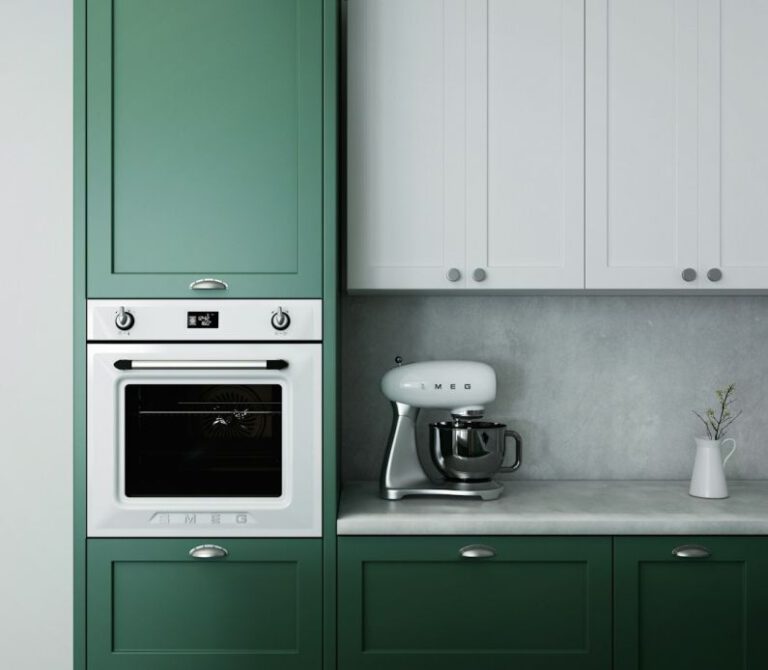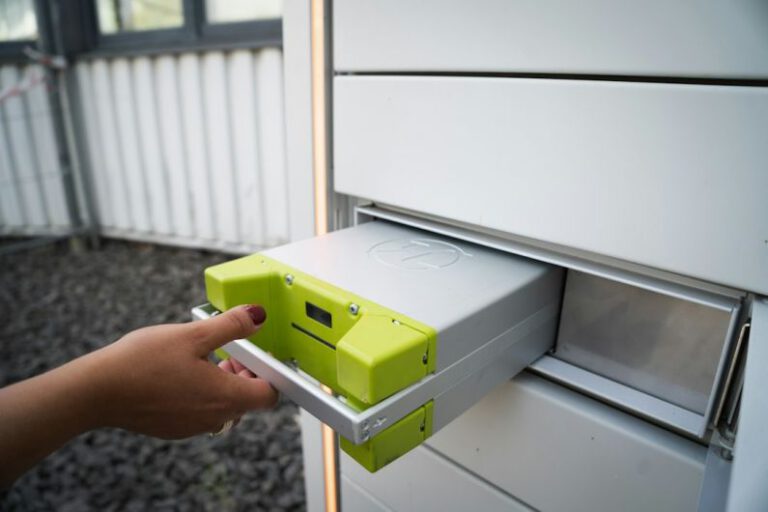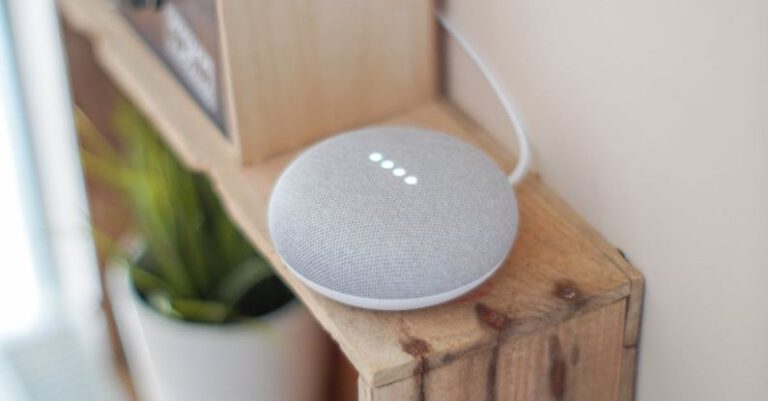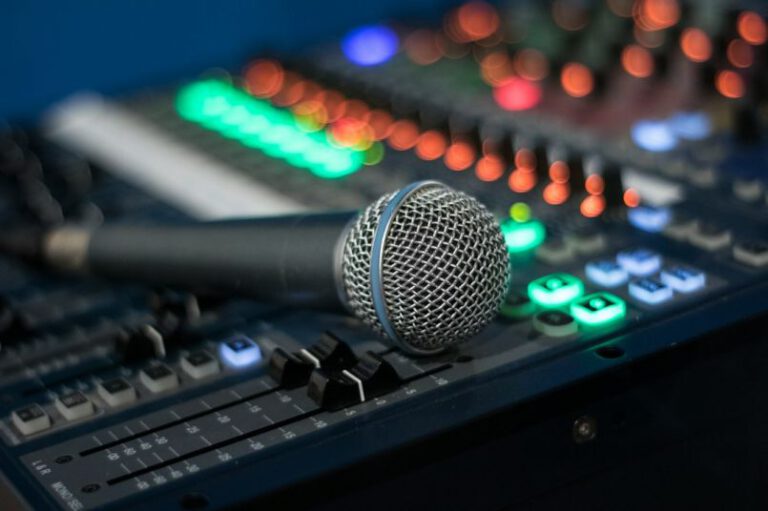Preventing Overheating in Stored Electronics
In today’s digital age, electronics have become an integral part of our lives. From smartphones and laptops to gaming consoles and smart home devices, we rely on these gadgets for communication, entertainment, and productivity. However, one common issue that can plague these devices is overheating, which can lead to serious damage and even render them useless. In this article, we will explore some effective strategies to prevent overheating in stored electronics.
Understanding the Causes of Overheating
Before we delve into the prevention methods, it is essential to understand the common causes of overheating in electronics. One primary factor is poor ventilation. When devices are stored in confined spaces or have limited airflow, heat becomes trapped, leading to increased temperatures. Another cause is the accumulation of dust and debris. Over time, these particles can clog the device’s internal fans, preventing proper cooling and causing the device to overheat.
Proper Storage Location
The first step in preventing overheating is choosing the right storage location for your electronics. Avoid placing them in areas that are prone to high temperatures, such as near windows that receive direct sunlight or close to heating vents. It is best to store electronics in a cool, dry, and well-ventilated room to ensure proper airflow and prevent heat buildup.
Invest in Cooling Solutions
To further enhance the cooling of stored electronics, consider investing in cooling solutions. There are various options available, such as laptop cooling pads and cooling fans specifically designed for gaming consoles. These devices help dissipate heat and keep your electronics running at optimal temperatures, even during extended usage.
Regular Cleaning and Maintenance
Regular cleaning and maintenance are crucial in preventing overheating. Dust and debris can accumulate on the surface and inside the device, obstructing airflow and causing the internal components to heat up. To prevent this, use compressed air or a soft brush to remove dust from the device’s exterior. Additionally, periodically clean the device’s vents and fans to ensure proper airflow. Consult the manufacturer’s guidelines for specific instructions on cleaning and maintenance.
Avoid Overloading Power Strips
Overloading power strips can contribute to overheating. Plugging multiple high-power devices into a single power strip can strain its capacity, leading to overheating and potential fire hazards. To prevent this, distribute the load among different power outlets, or consider using surge protectors with individual switches to control the power supply to each device. Be mindful of the power requirements of your electronics to avoid exceeding the power strip’s capacity.
Utilize Standby and Sleep Modes
When not in use, utilize standby or sleep modes on your electronics. These modes reduce power consumption and prevent unnecessary heat buildup. For laptops, closing the lid or pressing the power button can activate sleep mode. For desktop computers, configure the power settings to automatically enter sleep mode after a specified period of inactivity. By doing so, you can prolong the lifespan of your electronics and reduce the risk of overheating.
Conclusion: Protect Your Electronics
In conclusion, preventing overheating in stored electronics is essential to ensure their longevity and optimal performance. By choosing the right storage location, investing in cooling solutions, regularly cleaning and maintaining the devices, and avoiding power strip overloads, you can effectively mitigate the risk of overheating. Additionally, utilizing standby and sleep modes when your electronics are not in use can significantly reduce heat buildup. By implementing these strategies, you can protect your valuable electronics from overheating and enjoy their benefits for years to come.





